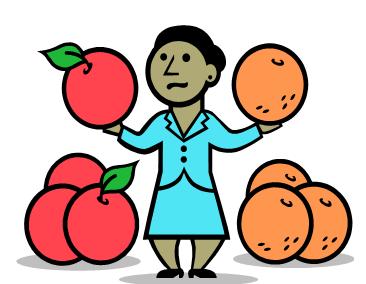Similarities and Differences
2nd Grade – Mathematics
Swedish Educational System
|
|
Materials for the class– A4 papers for each student and pencils for phase 2. |
Layout of the classroom1st Phase: Free space to move.2nd Phase: The students can use the whole classroom, the chairs and desks for their group activity.3rd Phase: There should be a stage/place where students can improvise their kitchen objects and equipment. |
|
1st PhaseThe teacher and the students stand in a circle. The teacher explains to the group that each time the teacher says a different number and different body part students will come together and link the body parts.For example, the teacher gives a direction with 3 shoulders and 2 feet, thus in one group 3 shoulders and 2 feet should come together. The students need to collaborate to accomplish the task. Each time the teacher can make the task difficult or complicated. Some examples:– 3 shoulders, 5 fingers– 4 hands, 4 heads– 3 bellies, 10 feetThe students, who are not part of a group, leave the game and the activity continues until few students are left. The activity can be repeated several times. |
|
2nd PhaseThe teacher gives an A4 paper to each student. Each student can put their right or left hand on the paper and draw around it. Students should then write or draw all of the objects or equipments that are within their kitchen. They can write or draw as much objects, as they want on their paper.The teacher divides the group into pairs. And lets them explain to each other the location of the objects and equipment in their kitchen. For example, glasses are on the corner inside the wardrobe and near to plates. Each pair will have time to explain their kitchen to each other. |
|
3rd PhaseThe students who are willingly to share their kitchen objects with others will read the objects and tell their location. The rest of the students will replace the objects and stand in the location. The teacher lets the students improvise and freeze after each improvisation so that the students see the differences between different kitchens.The teacher leads the discussion with the questions about similarities and differences between kitchens and objects within them. Tips to teachers: These improvisations can take place in different parts of the house. The teacher can also direct the discussion into differences and similarities about food culture. 4th PhaseThe Teacher asks that all together they reflect upon today’s lesson/workshop;– Do things change in size according to their location?– Why is it important to know if the objects/body parts are similar or different? |


 SmartOWL
SmartOWL